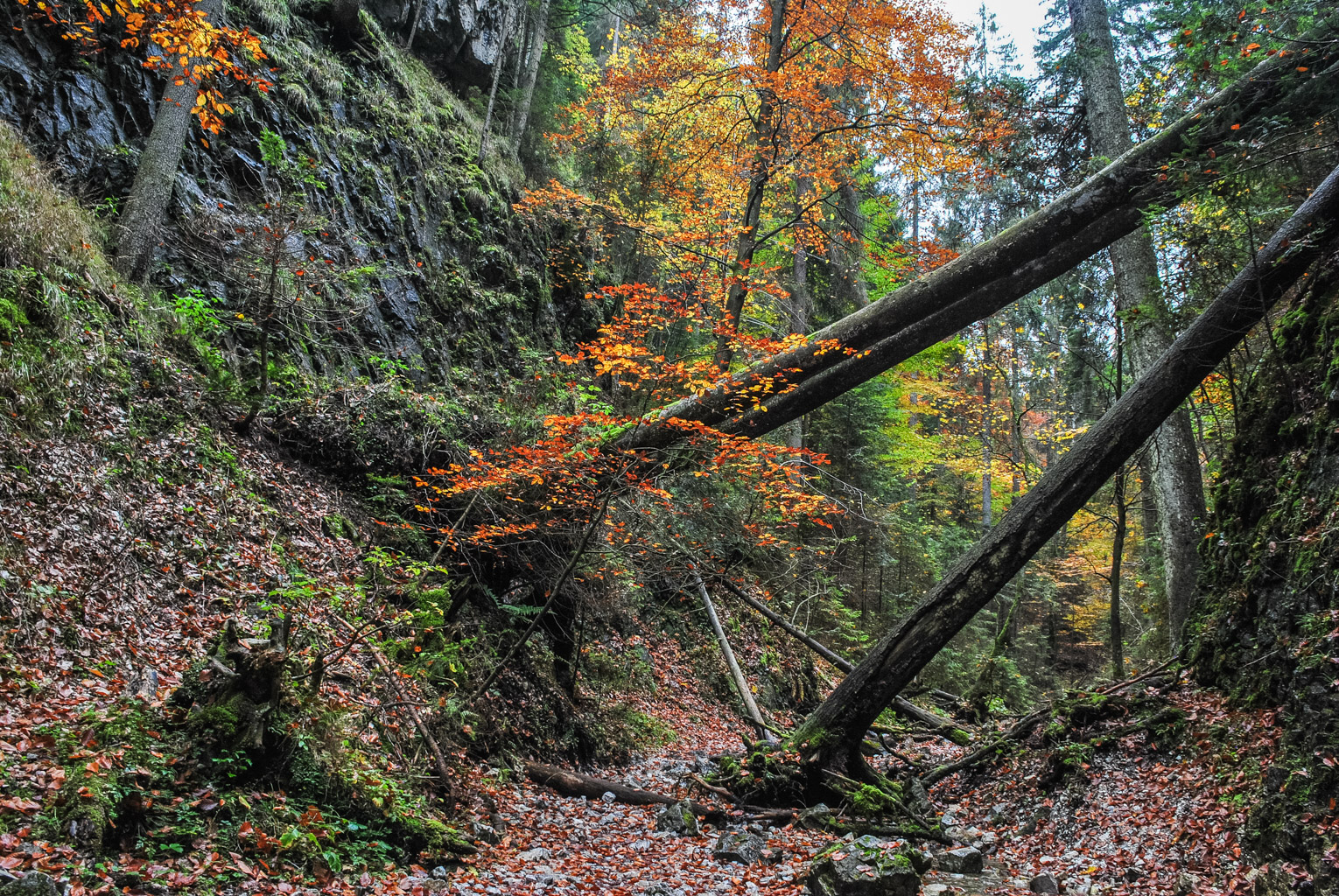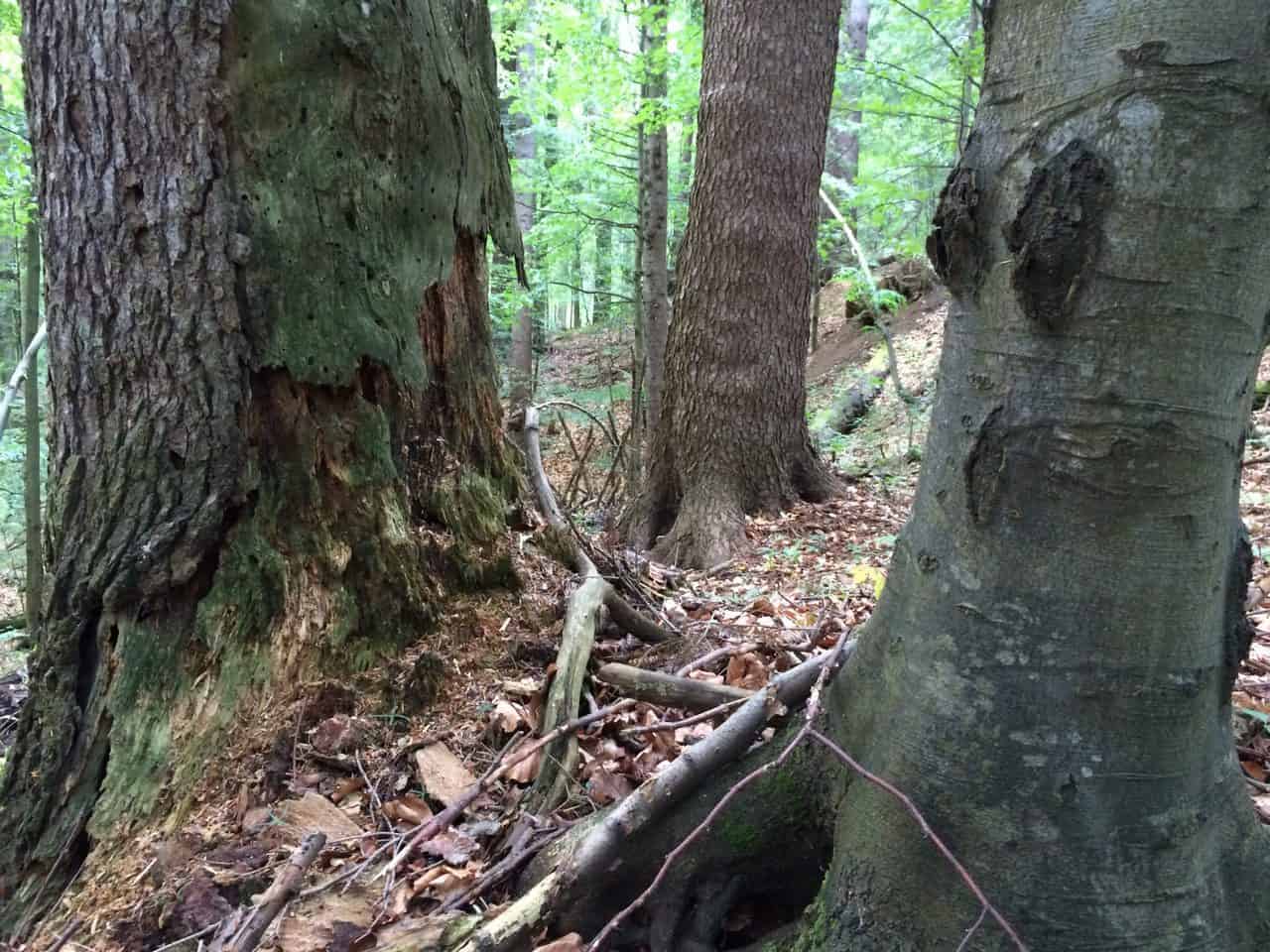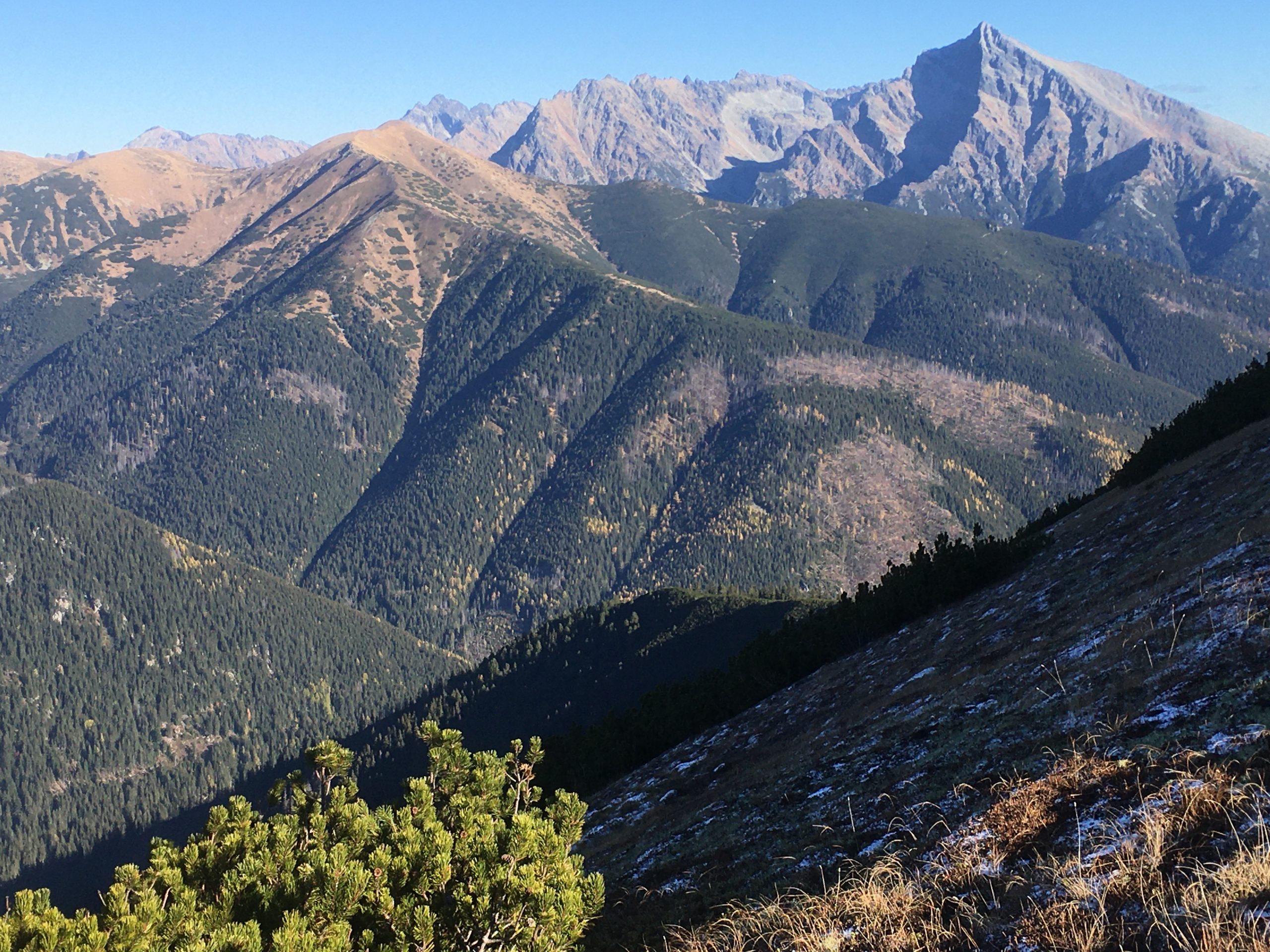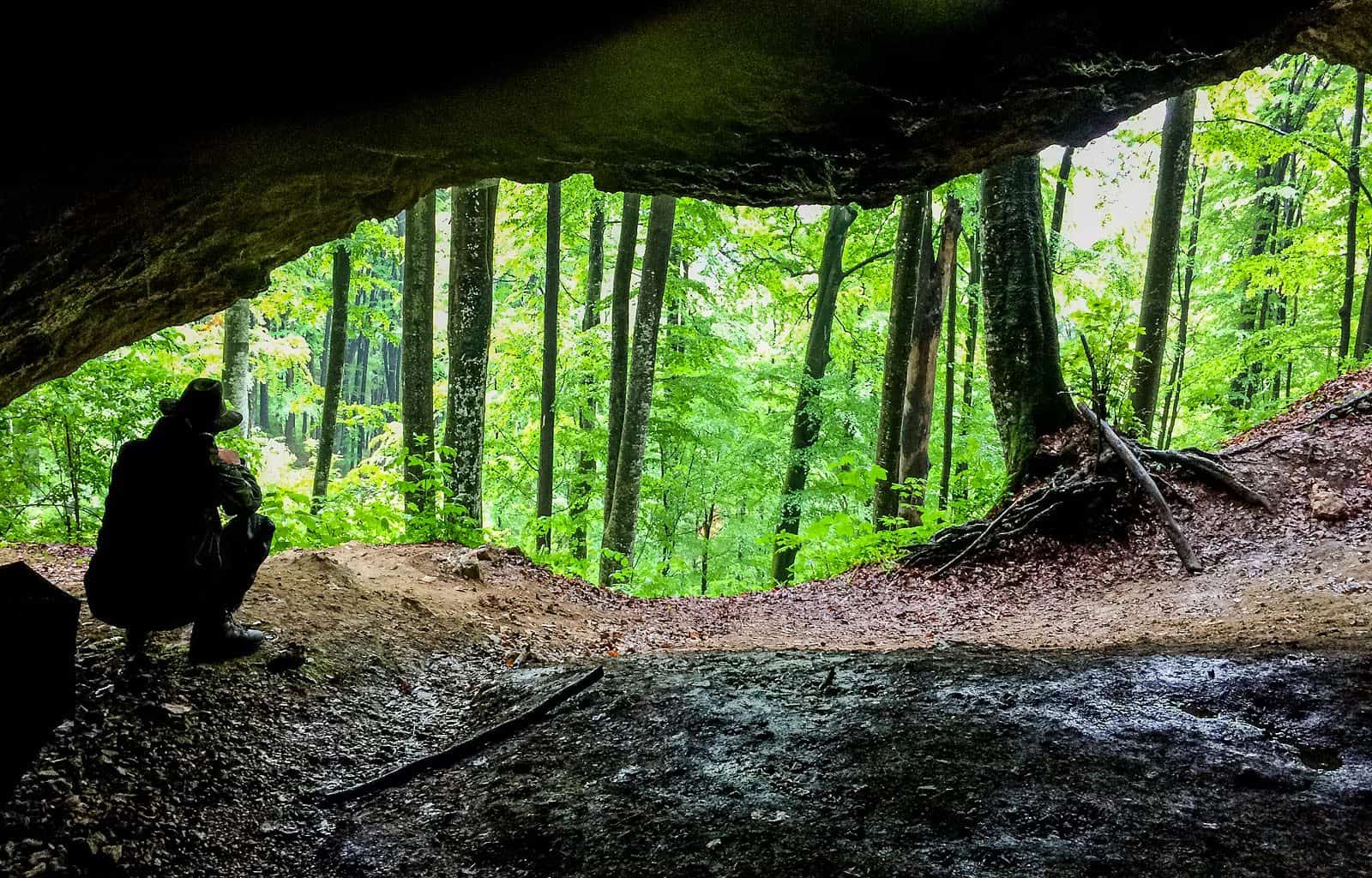Reviewing our understanding of Primary Forests
We call some of the oldest and most natural forests in the world ‘primary forests’. In fact, some define it as “naturally regenerated forests of native tree species, where there are no clearly visible indications of human activities and the ecological processes are not significantly disturbed”. In reality, it seems to be quite a challenge to identify what primary forests remain in our human-dominated world. Although the definition is widely accepted, many countries still apply it with considerable variations tailored to their own circumstances. The Food and Agriculture Organisation (FAO) and Global Forest Resources Assessment (FRA) therefore raised a question. Is data on primary forests is actually comparable across countries, when using it to inform policy- and decision-makers?
Please also read: Letting the forests grow old again
What is actually ‘a forest’?
We know there can be a lot of variation between different forests. Some might differ in their structure and species composition, while others have adapted to local conditions. They play a vital role for maintaining Earth’s biodiversity, and provide life with crucial ecosystem services. However, human development drives deforestation in many corners of the world. This is threatening the protection and conservation of this natural system upon which we are dependent.
But what do we officially recognise as a forest? Already there, we find different explanations. The FAO describes a forest as a piece of land bigger than 0.5 hectares, with mature trees higher than 5 meters and a canopy cover of more than 10 percent. Meanwhile, the United Nations Framework Convention on Climate Change (UNFCCC) defines a forest as a piece of land with minimum 0.5-1.0 hectares, mature trees of 2-5 meters high, and a cover of more than 10-30 percent.
So what about primary forests?
When looking at the definition of a ‘primary forest’, further varying interpretations arise. The ARF definition of a primary forest, as written at the start of this article, differs from other definitions. For example, the Convention on Biological Diversity states: “A primary forest is a forest that has never been logged and has developed following natural disturbances and under natural processes, regardless of its age. […]”
Meanwhile, the IUCN states that: “Primary forests are naturally regenerated forests of native tree species, including mangroves and peat forests, whose structure and dynamics are dominated by ecological and evolutionary processes, including natural disturbance regimes, and where if there has been significant prior human intervention it was long enough ago to have enabled an ecologically mature forest ecosystem to be naturally re-established. […]“.
Although the way of wording differs, there are three distinct factors that determine the state of a primary forest. These are: human influence, vegetation structure and biodiversity.
The need to harmonise efforts to protect primary forests
In order to better understand the trends in development of primary forests, it is important to harmonise efforts. As long as different organisations work with different understandings (and thus interpretations) of what a primary forest is, it will be difficult to compare the research and data collected. However, harmonising is more difficult than it might sound, as there is such a large variety in forests. The FAO and FRA therefore make suggestions to consider the following factors in the future.
Measuring, mapping and reporting on primary forests should take into account the so-called landscape forest metrics. This includes data on detailed field data on forest composition (e.g. age and distribution of trees). Also, researchers should consider different primary forest categories, as well as take better into consideration the forest vegetation structure, changing fire regimes and spatial scale of forest. Furthermore, we should consider data from national level on forests and global data platforms in the future. All of these suggestions will help to make the reporting as comprehensive as possible.
When we better harmonise the data on primary forests, it will also be easier to identify where primary forests are facing critical threats. With this information, we can direct efforts effectively towards policy- and decision-makers to tackle the issue at hand.
Curious to read the full review paper? Read it below!








Dear Gerard, thank you for your comment. I do not believe that the bison is hunted because they damage trees, there are other primary drivers why humans want to kill this magnificent creature. And as Mr Rossberg also suggests, there have been studies performed, showing that bison are not just forest-dwellers. When they get the opportunity, they often roam into grassland territories and remain on forest edges. This is something I also personally observed when monitoring reintroduced bison in Romania.
I believe we can say that the impact of bison on forests is more natural than any human impact. Therefore, it should not deteriorate the value of a primary forest as such. I am at least not aware of a ‘forest’ that no longer fitted to the definition of ‘forest’ because bison damaged the trees.
But I am curious to hear more about your idea and perspective, if you like to share that with us!
Hi,
not quite sure what the argument is, but concerning the damage to the trees by bison in Poland, the cause and reaction issue is actually that the bison are more or less artificially forced to stay in the forest. If they were allowed to roam freely they would leave the forest since bisons are a herbivore preferring grasslands. Maybe you could elaborate a bit more on the other argument about primary forests being counter productive to the wilderness concept.
The notion of a primary forest is counter productive from a wilderness perspective. It should be “primary ecosystem”. The problem with definitions is that it negates what is in front of you. Bison is hunted in a primary forest because it damages the trees AND forest are a refugium for Bison. Given predation in Poland, the damage to trees is part of the primary ecosystem. When it leads to an ecosystem that does not fit the definition of “forest” it became a more primary ecosystem.